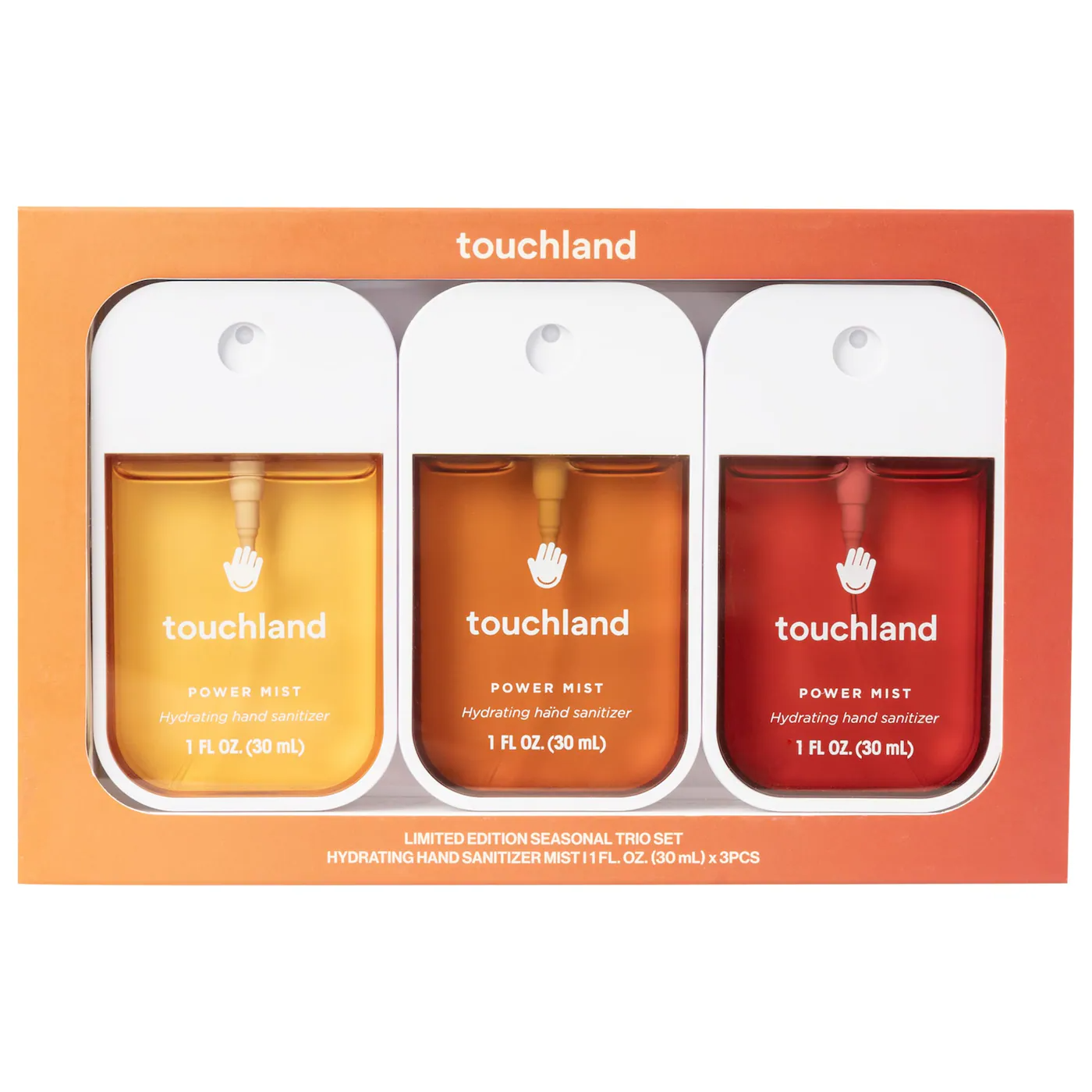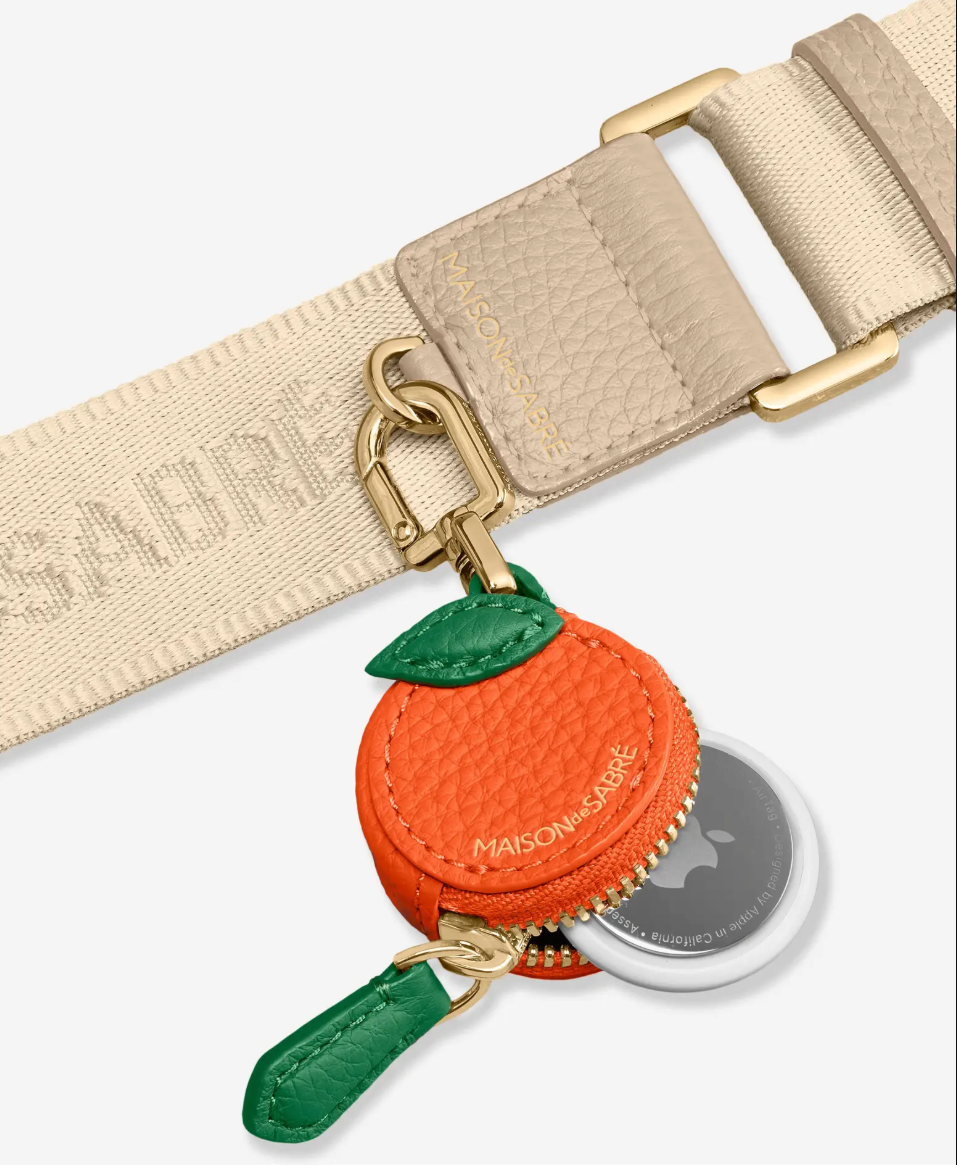
function vidFormatDur(d) {
let m = parseInt(d / 60, 10);
let s = Math.round(d % 60);
let mp = ”;
let sp = ”;
if (m < 10) {
mp = ‘0’;
}
if (s {
vidDone(id);
// Adjust controls
});
}
function vidSetup() {
let o = document.getElementsByClassName(“tmp-video”);
let vm = document.getElementsByClassName(“tmp-media-video”);
let vp = document.getElementsByClassName(“tmp-video-play”);
let vps = document.getElementsByClassName(“tmp-video-pause”);
let vrp = document.getElementsByClassName(“tmp-video-replay”);
let vt = document.getElementsByClassName(“tmp-video-time”);
let vd = document.getElementsByClassName(“tmp-video-duration”);
let vb = document.getElementsByClassName(“tmp-video-bar”);
let vmu = document.getElementsByClassName(“tmp-video-mute”);
let vunmu = document.getElementsByClassName(“tmp-video-unmute”);
for (let i = 0; i < o.length; i++) {
let ojs = [“vidToggle(” + i + “)”];
let vmid = [“tmp-media-video” + i];
vm[i].setAttribute(“id”, vmid);
vm[i].setAttribute(“onclick”, ojs);
let vpid = [“tmp-video-play” + i];
vp[i].setAttribute(“id”, vpid);
vp[i].setAttribute(“onclick”, ojs);
let vpsid = [“tmp-video-pause” + i];
vps[i].setAttribute(“id”, vpsid);
vps[i].setAttribute(“onclick”, ojs);
let vrpid = [“tmp-video-replay” + i];
vrp[i].setAttribute(“id”, vrpid);
let vpjs = [“vidReplay(” + i + “)”];
vrp[i].setAttribute(“onclick”, vpjs);
let vtid = [“tmp-video-time” + i];
vt[i].setAttribute(“id”, vtid);
let vdid = [“tmp-video-duration” + i];
vd[i].setAttribute(“id”, vdid);
let vbid = [“tmp-video-bar” + i];
vb[i].setAttribute(“id”, vbid);
vb[i].style.width = “0.01%”;
let vmuid = [“tmp-video-mute” + i];
vmu[i].setAttribute(“id”, vmuid);
let vmujs = [“vidMute(” + i + “)”];
vmu[i].setAttribute(“onclick”, vmujs);
let vunmuid = [“tmp-video-unmute” + i];
vunmu[i].setAttribute(“id”, vunmuid);
let vunmujs = [“vidUnmute(” + i + “)”];
vunmu[i].setAttribute(“onclick”, vunmujs);
vidTime(i);
}
o,vm,vp,vps,vrp,vt,vd,vb,vmu,vunmu=void 0;
}
// Show numbers on the images in page, set to false before publish to turn them off
const toolsOn = false;
// Should dots be onclick for all views?
const clickOn = true;
// Setup Annotation Content, the first spot is 0, second spot is 1 etc.
let content = new Array (
“
“,
“”,
“”,
“”,
“”,
“”
);
// Tools
function tagImages(){let e,t=document.querySelectorAll(“.section-image .img-container”);for(e=0;e<t.length;e++){if(t[e].setAttribute(“id”,[“image”+e]),1==toolsOn){let n=document.createElement(“DIV”);t[e].appendChild(n),n.innerHTML=”
“}let n=document.createElement(“DIV”);t[e].appendChild(n),8==e&&(n.innerHTML=”
“)}}
function countDots() {
let annos = document.querySelectorAll(“.anno-dot”);
let count = annos.length;
let n = document.createElement(“DIV”);
n.setAttribute(“class”, “dotCount”);
if (toolsOn == false) {
n.style.display = “none”;
}
let w = document.getElementsByClassName(“body”);
w[0].appendChild(n);
n.innerHTML = “
“;
}
// Setup Annotations, do not alter
var grabnav,
elem = new Array(),
mobilebuy = new Array(),
closebutton = new Array(),
init = !1,
previous = 100,
mobile = !1,
desktop = !0;
function assembleArray(n, e) {
return [document.getElementById(“anno-tip” + n), document.getElementById(“anno-dot” + n + “-hint”), e];
}
function tipOn(n) {
var e = n[0],
i = n[1],
t = n[2];
0 == init && (initAnnotations(), (init = !0)), 1 == mobile ? (showPop(e, t, !0), window.innerWidth < 768 && hideGlobalNav()) : window.innerWidth < 768 ? (showPop(e, t, !0), hideGlobalNav()) : (showPop(e, t, !1), showHint(i));
}
function tipOff(n) {
var e = n[0],
i = n[1],
t = n[2];
1 == mobile ? (hidePop(e, t, !0), window.innerWidth < 768 && showGlobalNav()) : window.innerWidth 540 && mobileExtraOn(n);
vidTime(n);
vidPlay(n);
}
function closeTip(n) {
vidPause(n);
tipOff(assembleArray(n, “0”)), window.innerWidth > 540 && mobileExtraOff(n);
}
function showTip(n) {
1 == desktop && window.innerWidth > 720 && tipOn(assembleArray(n, “-15%”));
}
function hideTip(n) {
1 == desktop && window.innerWidth > 720 && tipOff(assembleArray(n, “0”));
}
function mobileExtraOn(n) {
//(mobilebuy[n].style.display = “block”), (closebutton[n].style.display = “block”);
}
function mobileExtraOff(n) {
//(mobilebuy[n].style.display = “none”), (closebutton[n].style.display = “none”);
}
function initAnnotations() {
document.getElementsByClassName(“global-header”)[0].setAttribute(“id”, “tmp-global-header”),
(grabnav = document.getElementById(“tmp-global-header”)),
(mobilebuy = document.getElementsByClassName(“anno-mobile-buy”)),
(closebutton = document.getElementsByClassName(“anno-tip-close”));
}
function showGlobalNav() {
grabnav.style.display = “block”;
}
function hideGlobalNav() {
grabnav.style.display = “none”;
}
navigator.userAgent.match(/Android|BlackBerry|iPhone|iPad|iPod|Opera Mini|IEMobile/i) && ((mobile = !0), (desktop = !1));
function setupAnnotation(t, e) {
let n = document.querySelectorAll(“.section-image .img-container”),
o = document.createElement(“DIV”),
l = [“an” + e];
n[t].classList.add(“anno-layers”), n[t].setAttribute(“id”, l), n[t].appendChild(o), (o.innerHTML = content[e]), (content[e]= void 0), 0 == e && activateAnnotations(), setAnnoDelays(e);
}
function setAnnoDelays(t) {
let e = [“#an” + t + ” .anno-dot”],
n = document.querySelectorAll(e);
for (let e = 0; e < n.length; e++) {
let n = [“#an” + t + ” .anno-dot”],
o = [“anno-dot-delay” + e];
document.querySelectorAll(n)[e].classList.add(o);
}
}
function setClick(t, e) {
let n = [“openTip(” + e + “)”];
t.setAttribute(“onclick”, n);
}
function setRollover(t, e) {
let n = [“showTip(” + e + “)”],
o = [“hideTip(” + e + “)”];
t.setAttribute(“onmouseenter”, n), t.setAttribute(“onmouseleave”, o);
}
function activateAnnotations() {
let t = document.querySelectorAll(“.anno-dot”);
for (let e = 0; e 760 && 0 == clickOn ? setRollover(t[e], e) : setClick(t[e], e);
}
}
function setupPopups() {
let t = document.querySelectorAll(“.anno-tip”);
let tc = document.querySelectorAll(“.anno-tip-close”);
let ti = document.querySelectorAll(“.anno-tip-image”);
for (let e = 0; e < t.length; e++) {
let tid = [“anno-tip” + e];
t[e].setAttribute(“id”, tid);
let tcid = [“closeTip(” + e + “)”];
tc[e].setAttribute(“onclick”, tcid);
let tiid = [“anno-tip” + e + “_img”];
ti[e].setAttribute(“id”, tiid);
if (clickOn == true) {
tc[e].style.display = “block”;
}
}
}
function setup() {
// Annotations, set number based on image tag using the tag images function
// first variable is image location
// second variable is the content array position
setupAnnotation(0,0);
//setupAnnotation(1,1);
// Setup the popups
setupPopups();
// Setup videos
vidSetup();
// Number the images, turn off for publish
tagImages();
// How many dots to css
countDots();
}
/* Preload */
function ready(e){(document.attachEvent?”complete”===document.readyState:”loading”!==document.readyState)?e():document.addEventListener(“DOMContentLoaded”,e)}document.onmouseleave=function(){window.isReady=!1},window.addEventListener(“resize”,function(){window.isReady=!1}),window.isReady=void 0!==window.isReady&&window.isReady,ready(function(){var e=setInterval(function(){window.imagesLoaded&&(imagesLoaded(“#tmp-load”,{background:!0},function(){window.isReady=!1,clearInterval(e)}),clearInterval(e))},100);if(!1!==window.isReady)return;window.isReady=!0;const t=setTimeout(function(){clearTimeout(t),setup()},300)});
As a string of celebrities made their way down the red carpet at The 2021 MTV Video Music Awards, Twitter lit up with real-time commentary regarding the fashion on display. Among the varied ‘ooh’s and ‘ahh’s was a distinct voice of authority pointing out that the looks lacked a modern point of view: “No more references or homages please. Our eyes are starving for fresh perspective/dress. We won’t have any decade-defining style for the roaring ‘20s…if we keep rewearing ‘90s and Y2K things.” Behind the tweets was Shelby Ivey Christie, a fashion and costume historian who regularly shares her encyclopedic knowledge with her 43,000-plus followers, delving into the oft-overlooked contributions of Black creators while weighing in on modern-day cultural touchpoints with equal aplomb.
From intricately laid baby hairs and glittering acrylic nails to the overlooked designs of folks like Ann Lowe and Zelda Wynn Valdes, the systematic sidelining and appropriation of Black cultural contributions has been well-documented — a fact that makes Christie’s work all the more urgent and necessary. “You can be in a continual cycle of anger and agitation because every day, every week, there’s somebody copying something that we’ve done,” she says. In partnership with Target, we talked to the fashion historian about her early forays into the industry, the challenges of her work, and why the method matters just as much as the message.
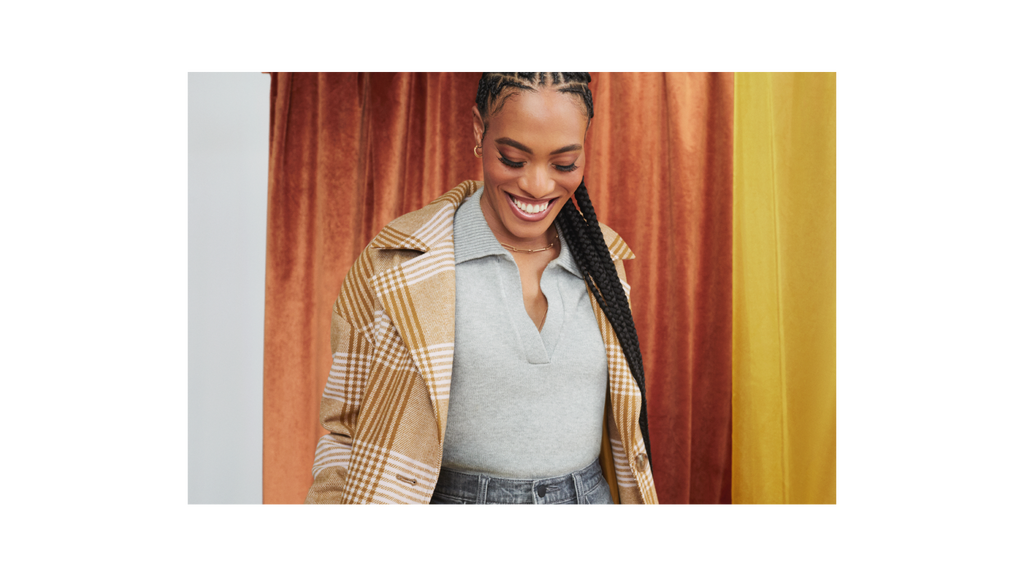
What are some of your formative fashion memories?
“Costume and film was my segue into loving fashion early on. I love stories and storytelling, but it was really the costume design that drew me to fashion. My mom has a really distinctive style, very androgynous — I have a love of structured pieces because of her. My grandma was a very well-dressed woman, dressed to the nines for church. My first job was working as an assistant to my hairstylist. Looking at magazines [catered to Black women]once the customers were done with them and seeing models that look like me wearing high-end looks and participating in fashion made a really early impression on me.”
How did you begin plotting your path toward a career in fashion?
“I got into college at North Carolina A&T State University as a fashion merchandising major because I was the fashion kid in my family. At the time, I had a boyfriend who went to North Carolina Central University and was a history major. He focused specifically on Black history and he would talk to me about what he was studying and it was so interesting to me. I changed my major to history, but then I missed my fashion — in history, they don’t talk about costume or clothes as a historical form of documentation. So I said, ‘Okay, I’m going to leave school until I can figure out what I want to do.’ I ended up not going back until I was 21 to finish as a Race, Class, and Culture major under the history discipline.”
How did your magazine internships and work history inform your view of the fashion industry?
“Navigating the fashion industry as a Black woman was not always easy for me. It was easy to feel out of place or like my voice did not matter in certain spaces. At the time, editorial teams were downsizing because print was not the primary form of communicating fashion. These big budget editorials were going away and these legacy publishers were trying to adjust to that. I work in the business side of luxury fashion now, and that’s what [that change in the industry]pushed me to do.”
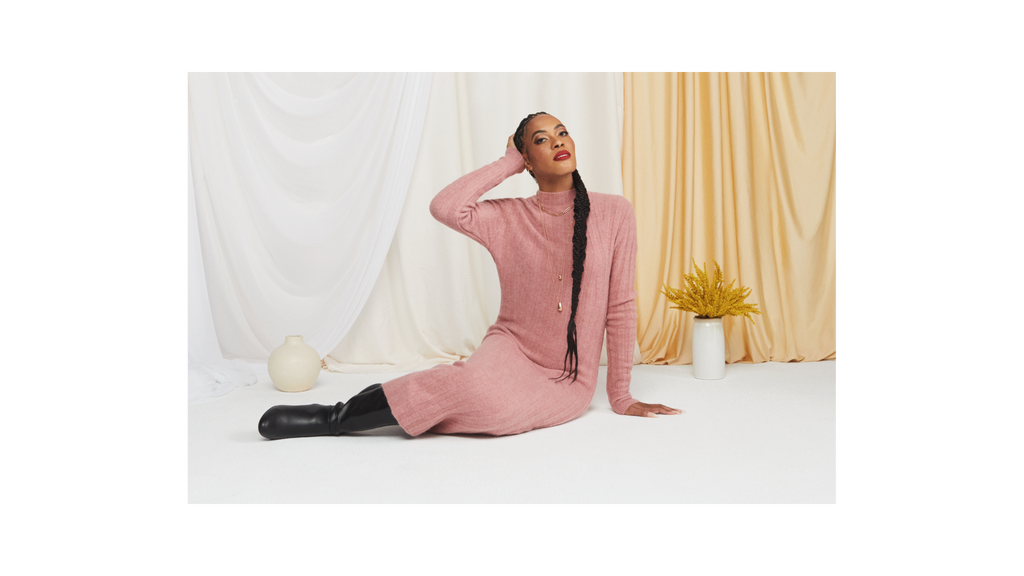
How did you remain in touch with your love of fashion history while holding down various fashion-related 9-to-5s?
“I was in a capacity where brands are my clients. So you cannot go on Twitter and talk about a brand’s show or critique the runway because it’s a conflict of interest. I would talk about these things amongst my friend group, but it wasn’t until Ieft to go to [a beauty corporation]three years ago that I really started pumping out my content and being able to talk about it a lot.”
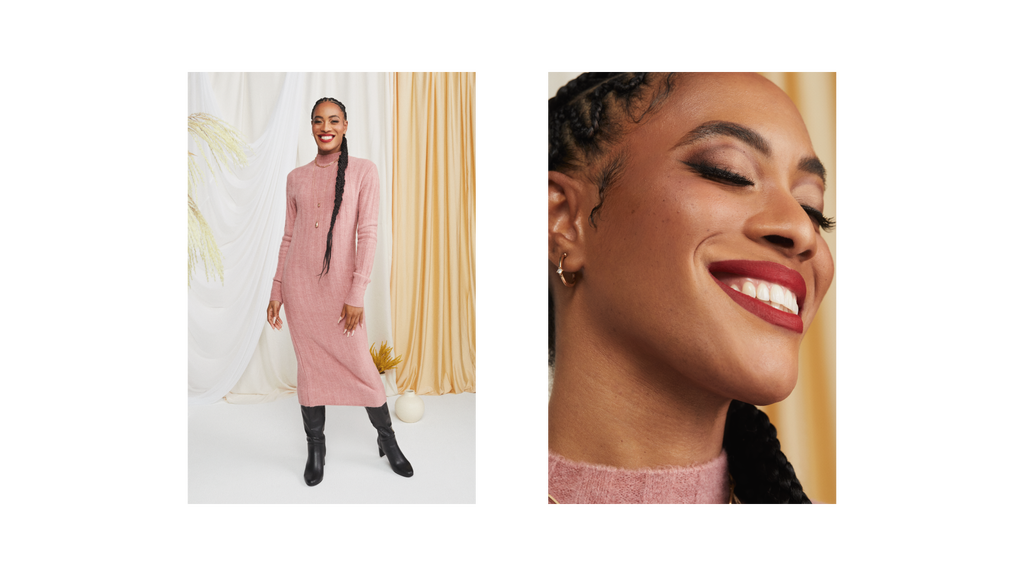
What are the difficulties of unearthing Black fashion history?
“It can be quite challenging and labor-intensive. And sometimes it can be emotional. Sometimes you have to do as much digging as you can, and then you get to a point where there’s so much misattribution that even if you find a source, how do you verify that source? Art and history and academia didn’t value [Black creativity] enough to treat it with the same kind of care and documentation.”
How do you balance the necessity of shining a spotlight on Black creativity with the frustration that comes along with Black creativity being appropriated for profit?
“Ownership is so important, but it’s two-pronged. You have to focus on properly attributing what’s already out there and call people out when it’s not done right, but we have to start thinking about what we can do in the present to make sure it doesn’t happen [in the future].
“A lot of our knowledge is shared communally with each other — that is a Black thing — and then in an attempt to be generous with each other, now our methods are on the internet and our white counterparts can now profit off of them. What can we do today as a preventative measure? That’s something that we’re still trying to figure out.”
As you work on obtaining your master’s degree in costume history for NYU, how do you hope your work will evolve?
“As corny as it sounds, I just want to stay true to myself. Even in my approach to sharing content, my goal is always to make it accessible because I’m not a very academic person. If I have to read a text or a passage for school, I have to read it four or five times. The vernacular is just not accessible. I want to be able to filter that to my audience. If I want Black people and a wide range of audiences to know this information, I want it to be interesting to them. So I’m going to use my regular AAVE. I’m Southern, so you’re going to hear my y’alls. I’m going to use my memes. I’m going to cut up. I wanna laugh. I want it to be fun. That’s what I try to hold onto.”
Like what you see? How about some more R29 goodness, right here?





